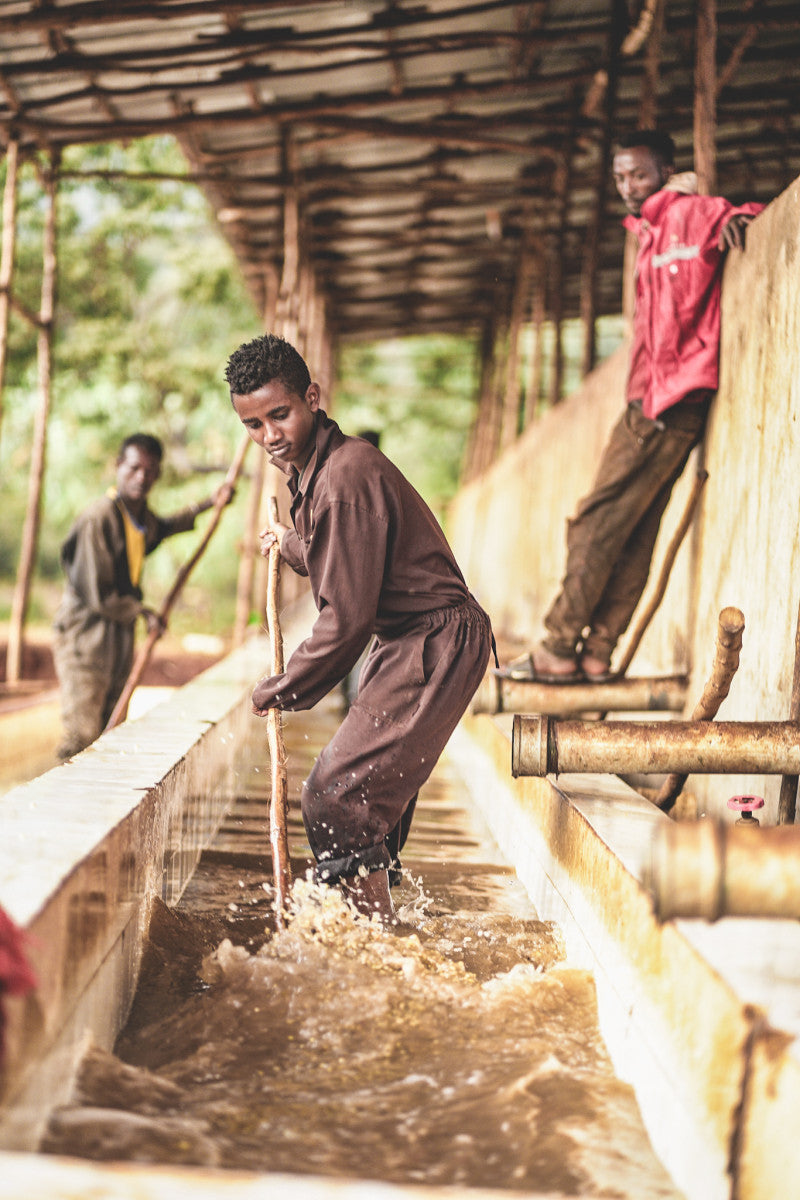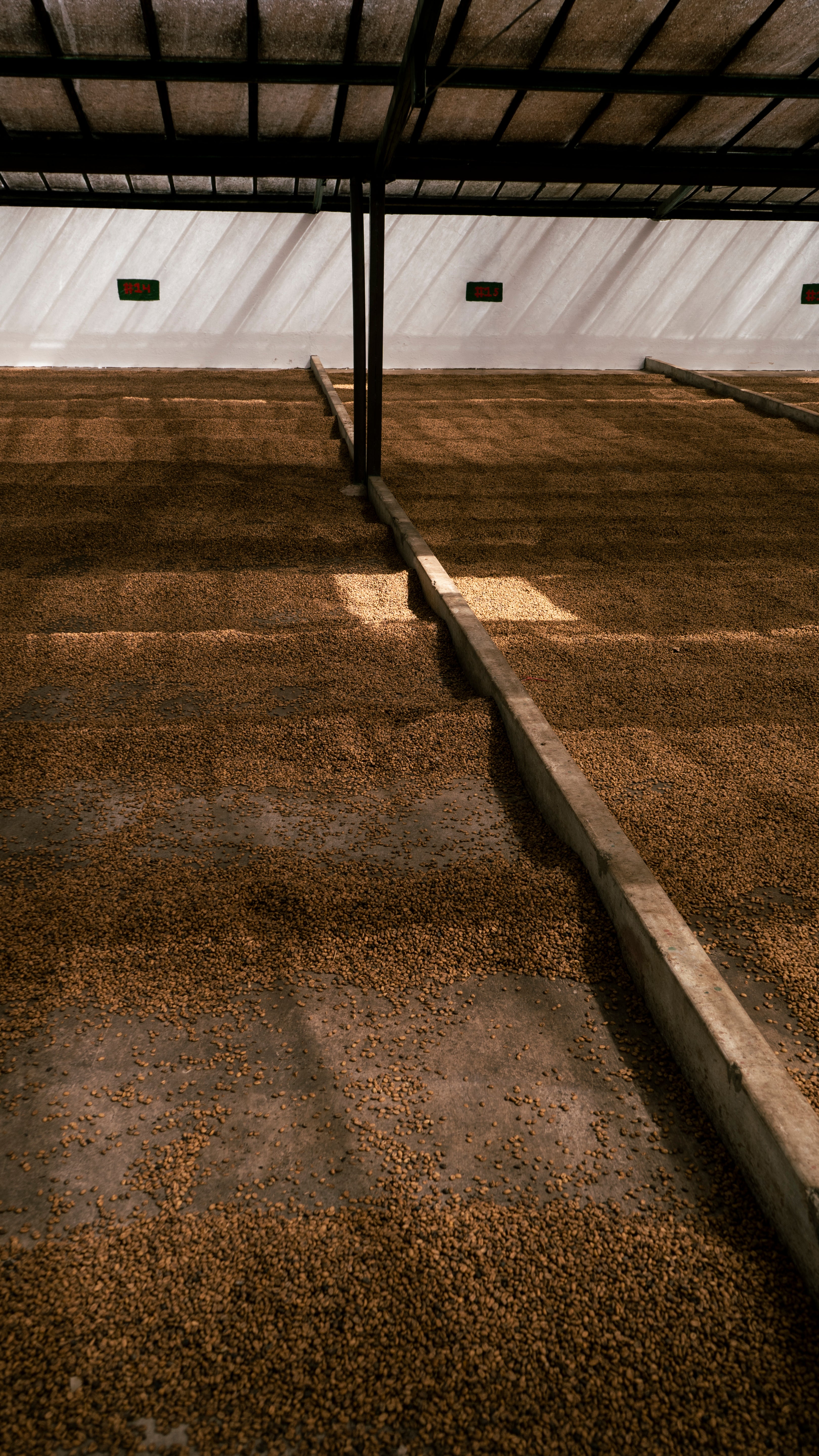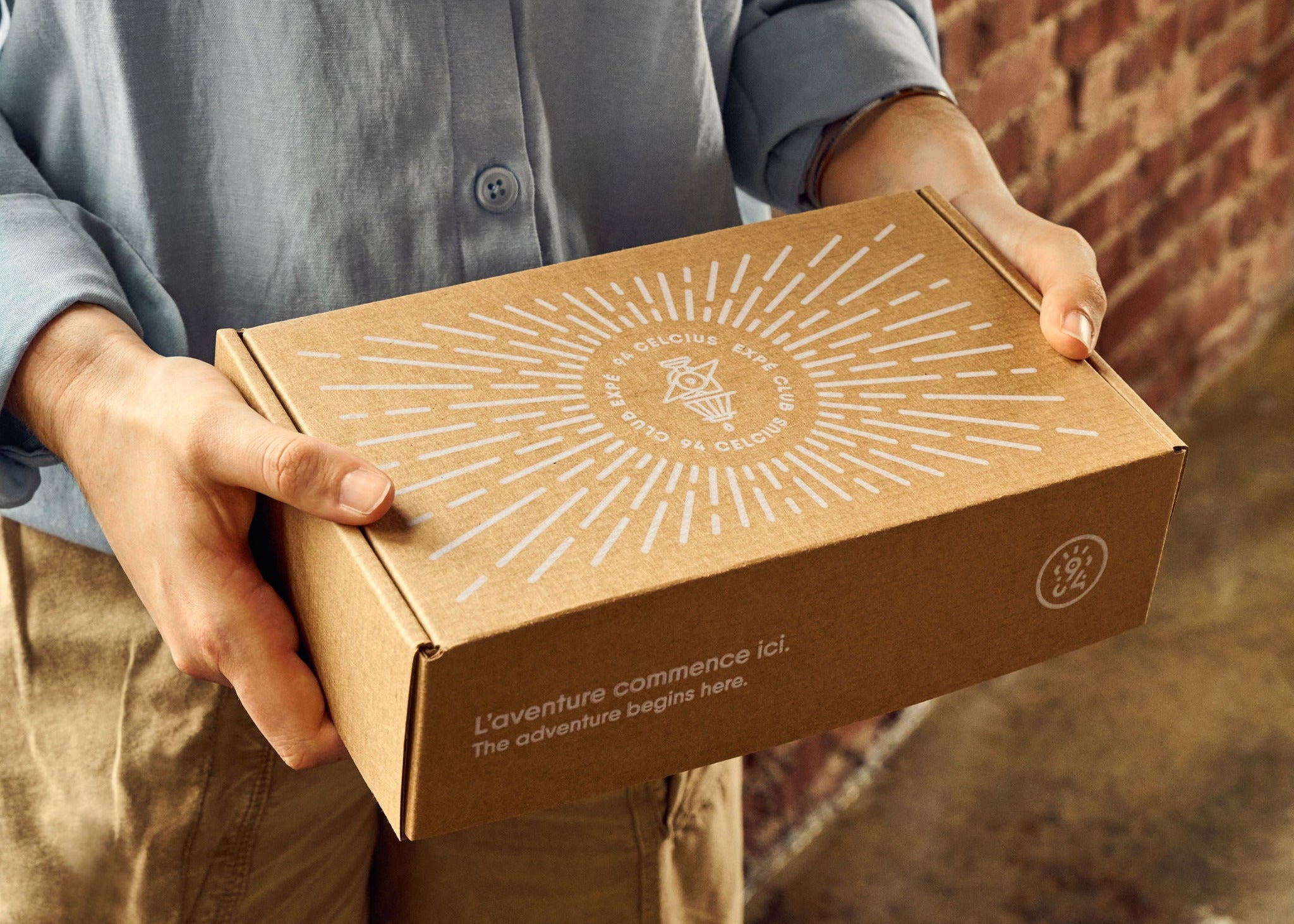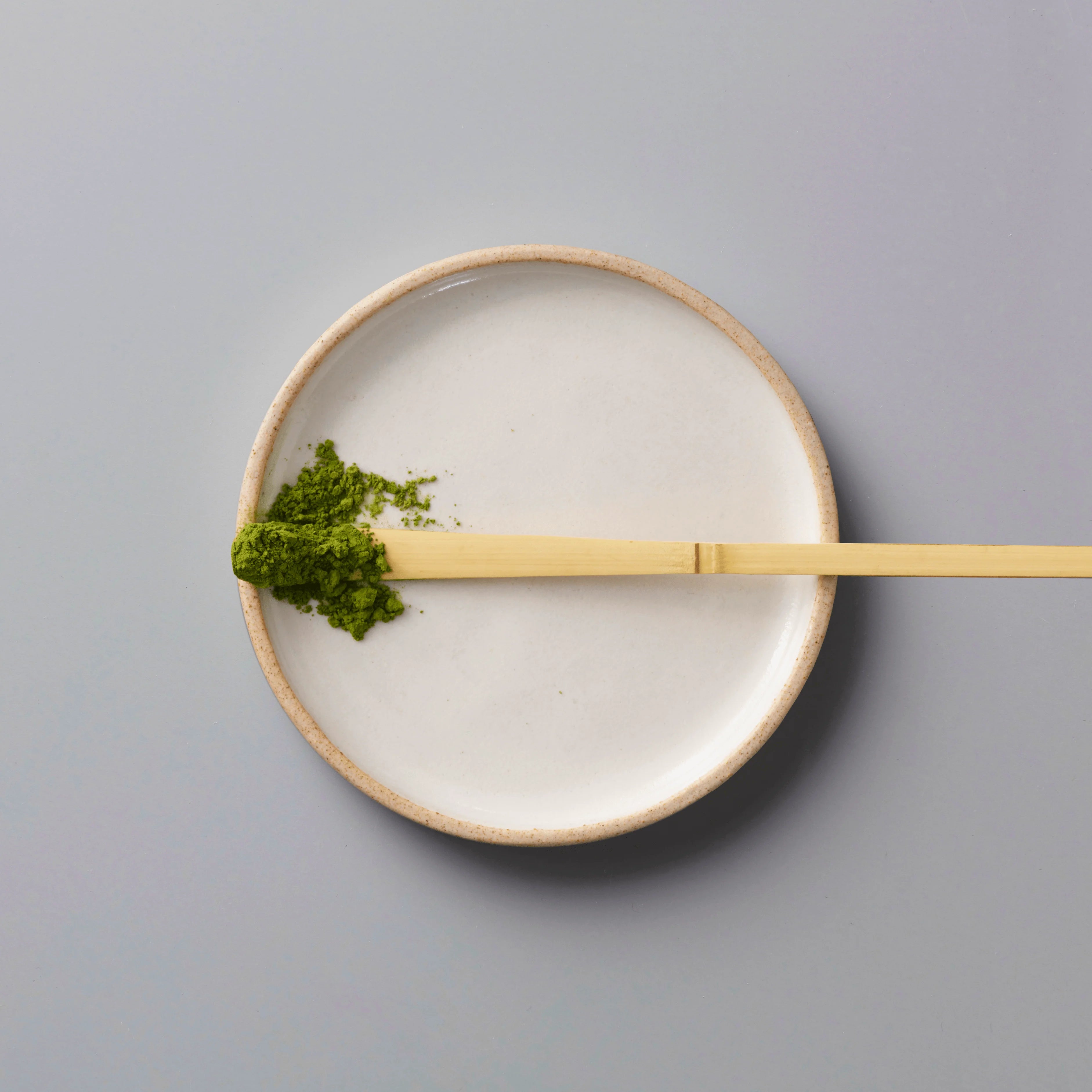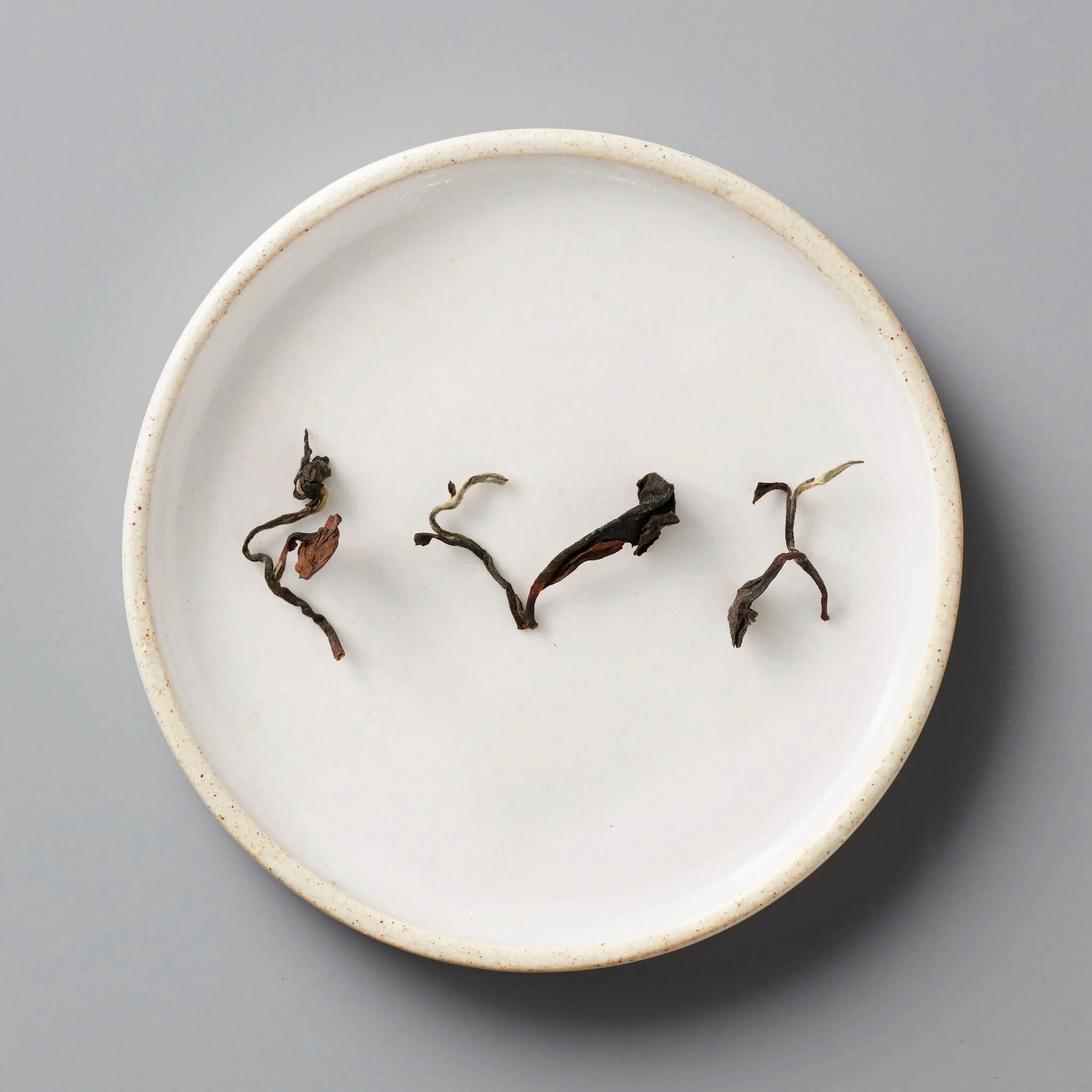FAQ
Which country makes the best coffee?
There's no single answer: the best country coffee depends on your tastes. Ethiopia seduces with its complexity, Colombia with its balance, and Brazil with its sweetness.
What are the main coffee-producing countries?
Visit Brazilthe Vietnam and the Colombia are the three giants. They are followed by Ethiopia, Honduras, Peru and Guatemala.
What's the difference between arabica and robusta?
L'arabica is finer and more aromatic, while the robusta is fuller-bodied and rich in caffeine.
How much coffee is produced worldwide?
Every year, more than 170 million 60 kg bags are traded on international markets.
Why are production costs so high?
They determine the viability of farms. Costs that are too high can threaten coffee cultivation and stability world coffee producers.
Conclusion
Coffee is a mosaic of origins, terroirs and know-how. Understanding main coffee-producing countries allows you to travel through flavours and choose with conscience. From Ethiopian coffee floral Vietnamese coffee full-bodied, each origin tells a story.
👉 Explore our selection of specialty coffees at 94 celcius and find the profile that will make your taste buds travel. Why not try a exceptional coffee ?
